Here is a list of some intriguing Colosseum Facts, considered as one of the best work of Roman Architecture and engineering. The Colosseum is a symbol of the Italian Capital and one of the worlds greatest tourist attractions.
The largest amphitheatre ever built is sufficiently well preserved to demonstrate its impressive original form, but at the same time the wounds inflicted in the course of its history also show: fires, earthquakes, neglect in the Christian era, conversion to a fortress, use as a source of building material for Roman palaces and the threat from the exhaust fumes of constant automobile traffic.
Colosseum Facts
Colosseum Facts 1: The Colosseum was constructed between 72 A.D and 80 A.D under the Emperor Vespasian, in the heart of Rome. When it was first built it was initially called the Flavian Amphitheatre, after the Flavian dynasty of Emperors including Vespasian, Titus and Domitian.
Colosseum Facts 2: The name ‘Colosseum’ is derived from the Latin word ‘colosseus’ meaning colossal. This was in reference to the gigantic statue of the Emperor Nero which had actually been formerly erected near the site of the Colosseum.
Colosseum Facts 3: Made from stone and concrete, this splendid monument was constructed with the man power of tens of thousands of slaves. (using over 60,000 Jewish slaves.).
Colosseum Facts 4: At one time there were well over 250 amphitheaters in the Roman Empire. Colosseum was the largest arena the Roman built, efficient in holding some 50,000 spectators. The 2nd largest stadium lies in the center of Capua near Naples though little remains of this amphitheater above the ground. Spartacus, the leader who led the servant revolt in 73 B.C. versus Rome, first prominent himself as a gladiator in the Capua amphitheater. Oval fit, it determines 189m long, 156m broad and 50m high (about the height of a 12 storey building). This ancient sporting arena could quickly fit a modern day football pitch inside.

Colosseum Facts 5: It is thought that over 500.000 people lost their lives and over a million wild animals were killed throughout the duration of the Colosseum hosted people vs. monster games. Before the overgrowth of vegetation was removed in 1871 over 400 species of plants grew on the ruins, a range enabled both by the seeds ingested by exotic animals provided for the games and the amphitheater’s special microclimate.
Colosseum Facts 6: The area beneath the Colosseum was called the Hypogeum (meaning underground). The hypogeum consisted of a two-level below-ground network of tunnels and 32 animal pens. It had 80 vertical shafts which offered instant access to the arena for animals and surroundings.
Colosseum Facts 7: Colosseum was utilized for gladiatorial contests and public spectacles such as animal hunts, mock sea battles, re-enactments of popular battles, executions, and dramas. Animals showed and killed at the theatre were transferred from every corner of the Roman Empire showing the scale and scope of the Roman provinces. The wild and exotic animals included hyenas, hippos, lions, tigers, rhinos, antelopes, crocodiles, ostriches, bears, and zebras. The events at the Colosseum were seriously brutal, though; throughout specific games held by the emperors around 7.500-10.000 animals were killed in a single day. Underneath the Colosseum, there were rooms underground passages. Here is where the animals and gladiators were kept, waiting to satisfy their fate in the arena above. There were likewise 36 trap doors in the arena for special impacts.
Colosseum Facts 8: The name Colosseum is originated from a colossal statue of Emperor Nero that stood nearby. The 30-meter (100 foot) high bronze statue was initially located inside Nero’s private palace (Domus Aurea) in the center of Rome. The statue was eventually transferred to an area outside the Flavian Amphitheatre where it represented a couple of centuries till it disappeared from history. Its fate stays unknown. It was probably destroyed during the Sack of Rome in 410, or fallen throughout an earthquake. Today, nothing stays of the Colossus of Nero except for the structures of the pedestal near the Colosseum.
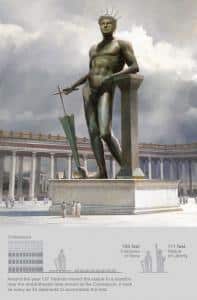
Colossus of Nero
Colosseum Facts 9: Under the empire the Colosseum was extensively repaired a number of times following fires and earthquakes. On 23 August, 217 AD it was repeatedly struck by lightning and all the wooden structures, which included the floor of the arena, went up in the blaze. The city’s seven firefighting battalions and sailors from the fleet at Misenus failed to quell the flames. The Colosseum remained unserviceable for some years but in 223 Emperor Alexander Severus restored it to its ancient splendor. Lots of natural disasters ravaged the structure of the Colosseum, however, it was the earthquakes of 847 AD and 1231 AD that caused most of the damage you see today.
Colosseum Facts 10: Colosseum has over 80 entryways and can accommodate about 50.000 viewers. Colosseum is an elliptical building measuring 189 meters long and 156 meters broad with a base area of 24,000 m ² with a height of more than 48 meters. More than 100.000 cubic meters of travertine stone were utilized for the external wall of the Colosseum which was set without mortar held together by 300 tons of iron clamps. The Colosseum arena was covered with 15 cm of sand.
Colosseum Facts 11: An enormous awning drew by ropes that were tied to beams fixed in the upper external cornice of the amphitheater and were maneuvered by a special service corps of sailors, providing shade for the spectators; and scents were sprayed into the auditorium to mask the smell of blood and the stench of rubbish.
Colosseum Facts 12: The marble façade and some parts of the Colosseum were utilized for the construction of St Peter’s Basilica and later on monuments. Regardless of its ruthless pagan origins, the Colosseum has been utilized as a praise area by Christians over the centuries. A big cross was gotten rid of in the 1870s throughout a frenzy of nonreligious archaeology funded by the brand-new Italian state. That cross was changed by Mussolini in 1926 in a negative effort to soothe Catholics.
Colosseum Facts 13: Rome´s most popular building was built for 3 factors. As a gift to the Roman People from the Flavian Dynasty to increase their popularity, to phase numerous types of entertainment, and to show Roman engineering strategies to the world.
Colosseum Facts 14: The last gladiatorial fights took place in 435 AD and the last animal hunts dropped in 523 AD. It was mostly due to the expense of procuring animals and gladiators and maintaining the expensive facility.
Colosseum Facts 15: 42 Roman Emperors saw the carnage at the amphitheater.
Colosseum Facts 16: Tickets were distributed for the programs, everyone marked with a seat number, tier number and entryway number. The inaugural games at the Colosseum lasted more than 100 days.
Colosseum Facts 17: If Roman Colosseum was built today, it would cost about 380 million dollars.
Colosseum Facts 18: Since 1998, the Roman Colosseum has been used to protest the death penalty. This campaign is supported by the government and other groups. When a government (somewhere in the world) stops using the death penalty, golden light shines on the Colosseum. The Roman Colosseum now is a place of life rather than death.

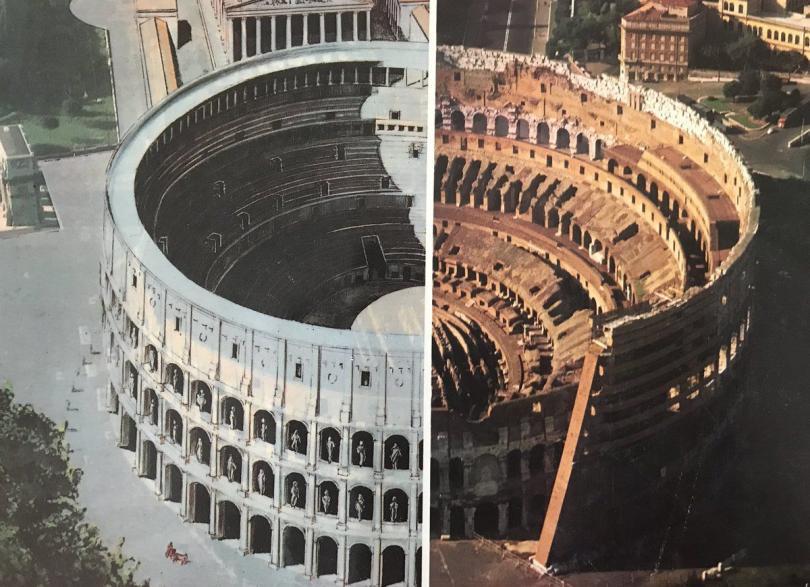




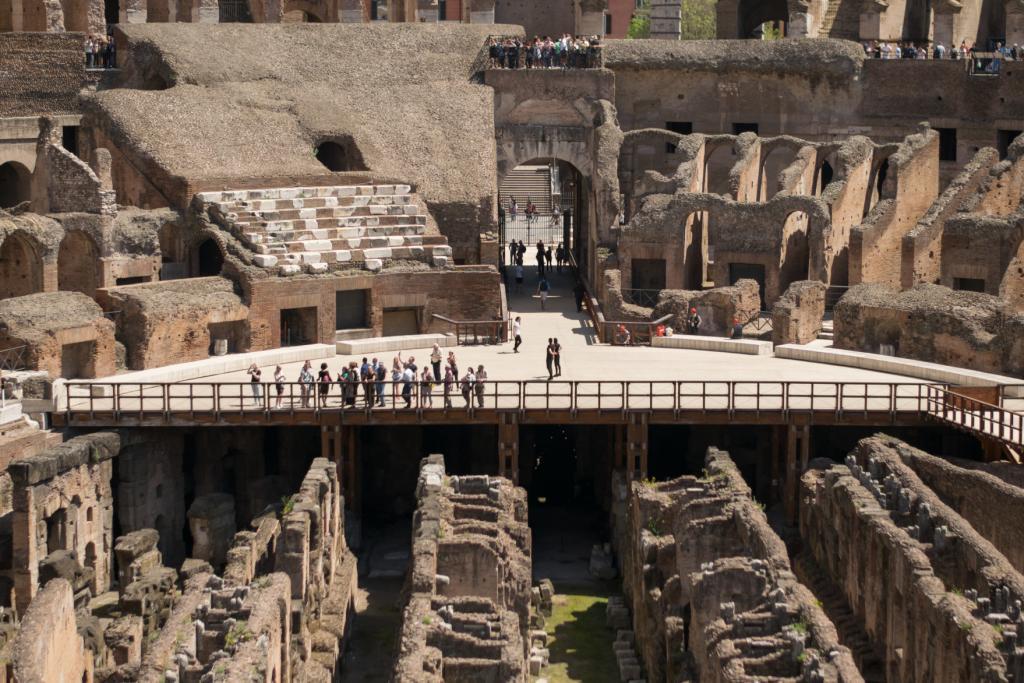
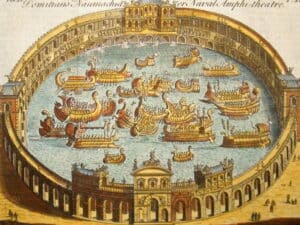

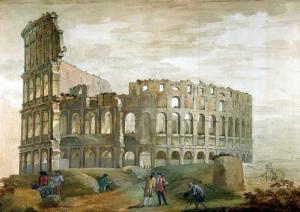

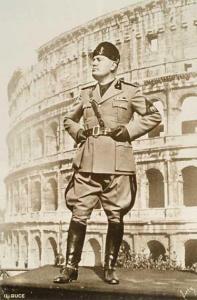
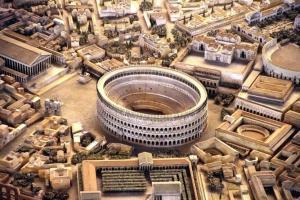


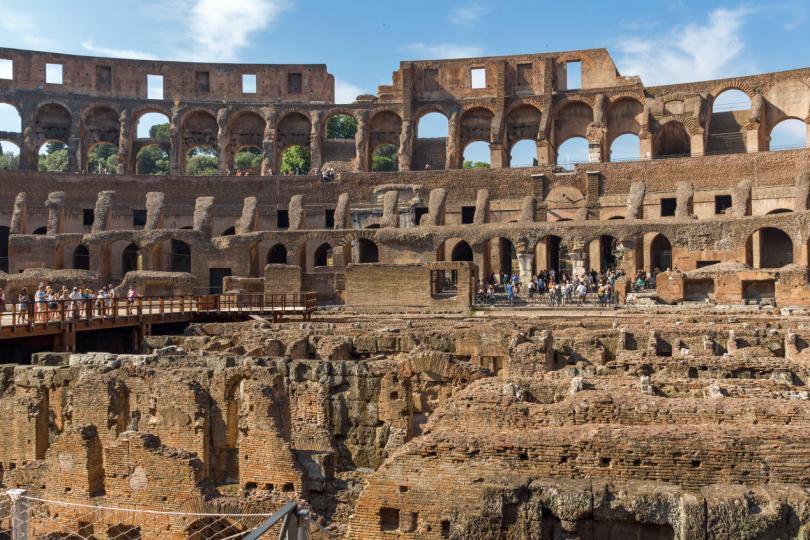


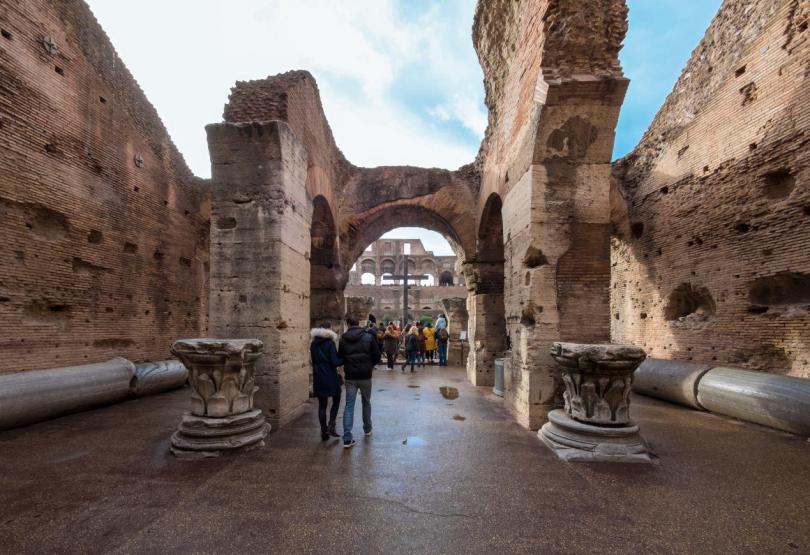
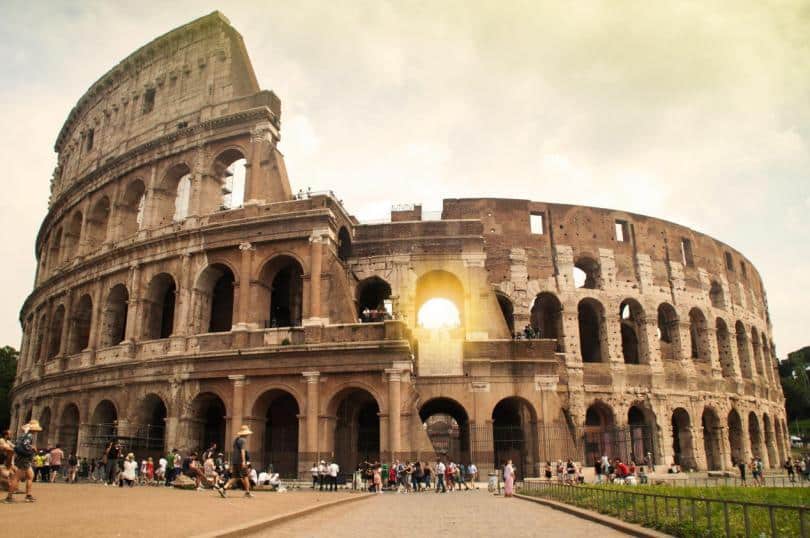
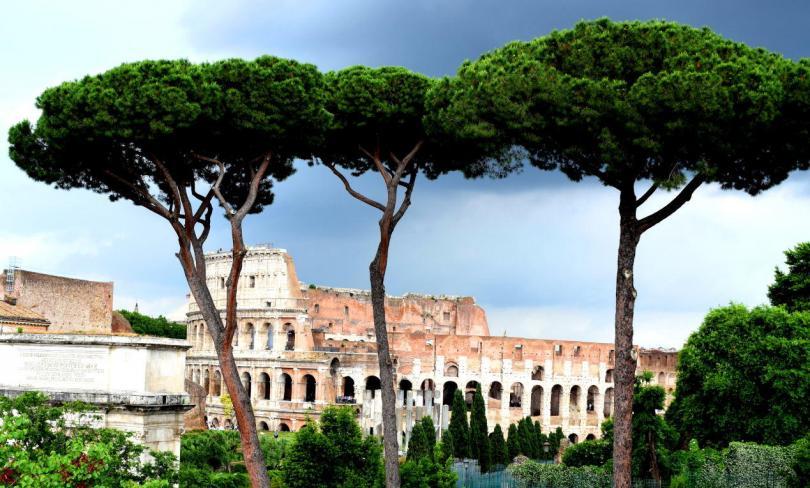
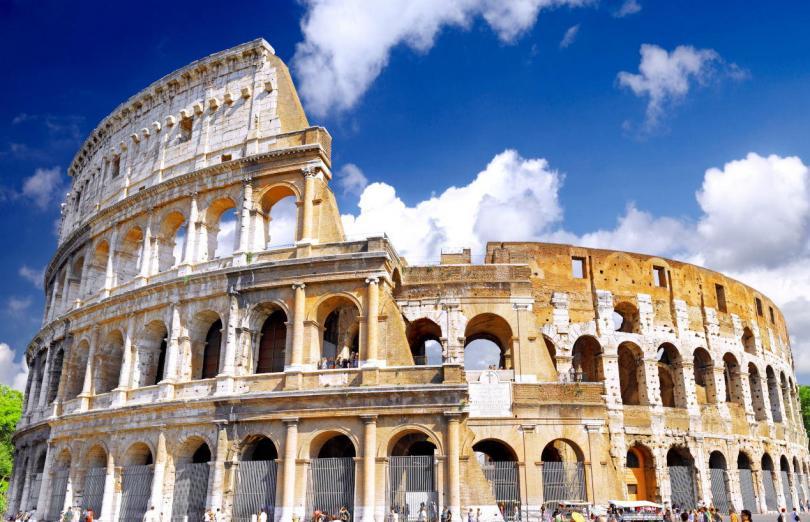
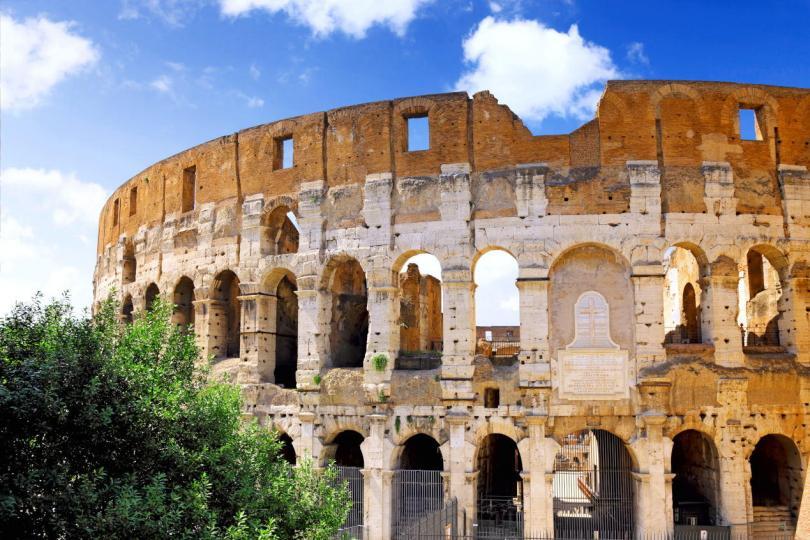

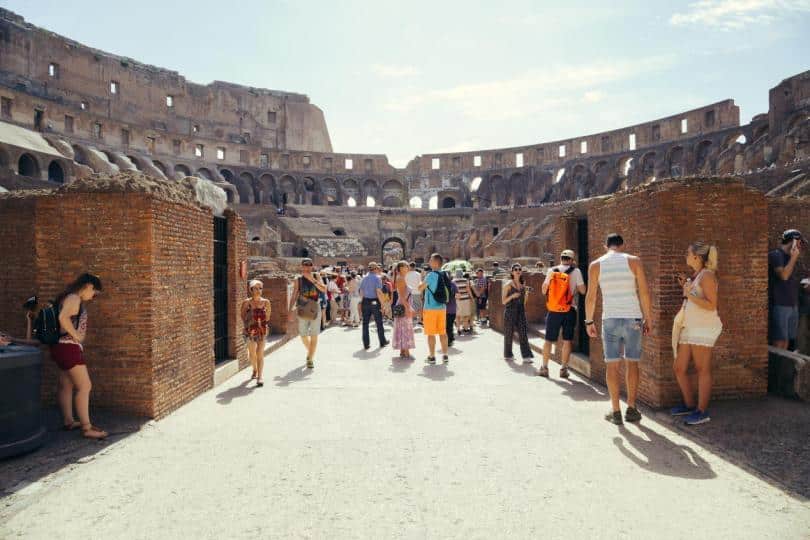
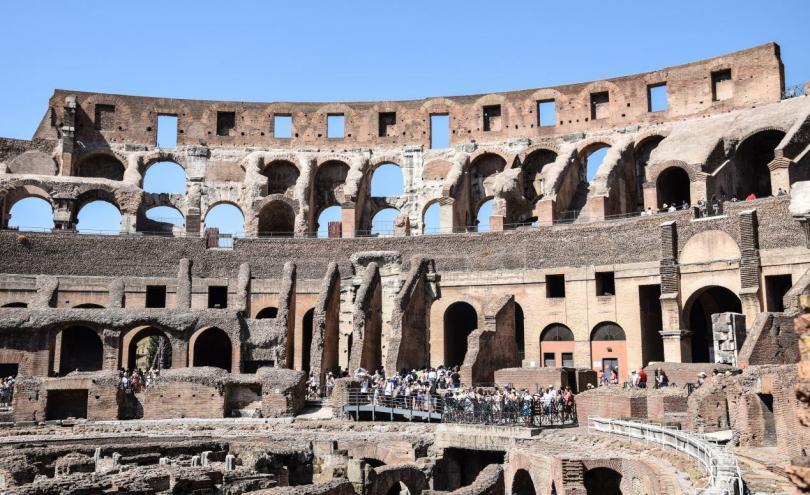
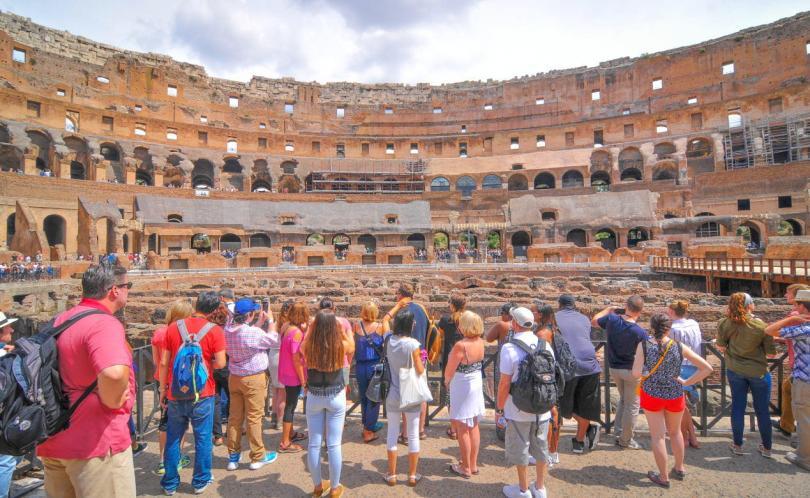

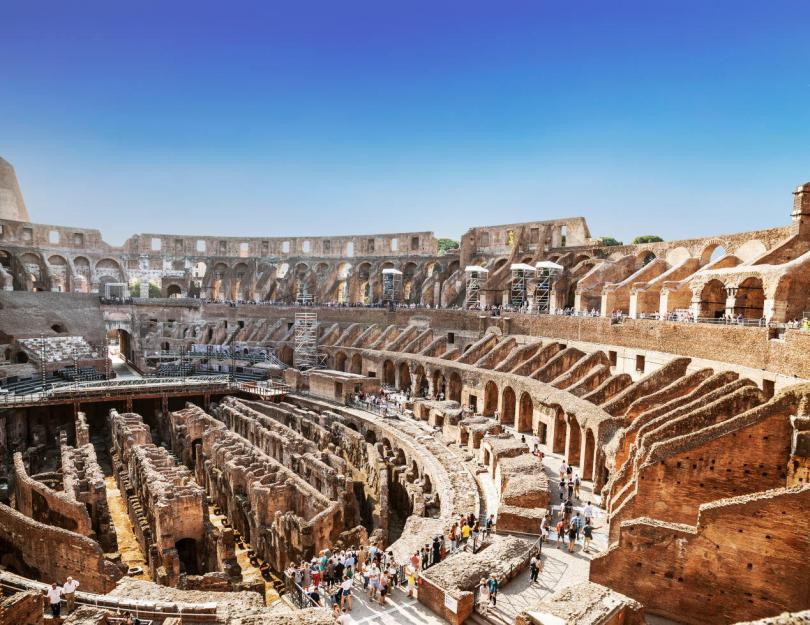
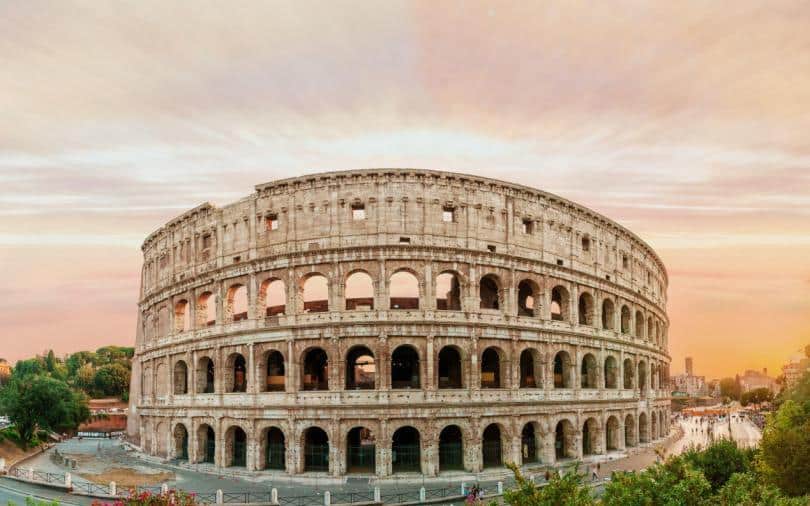
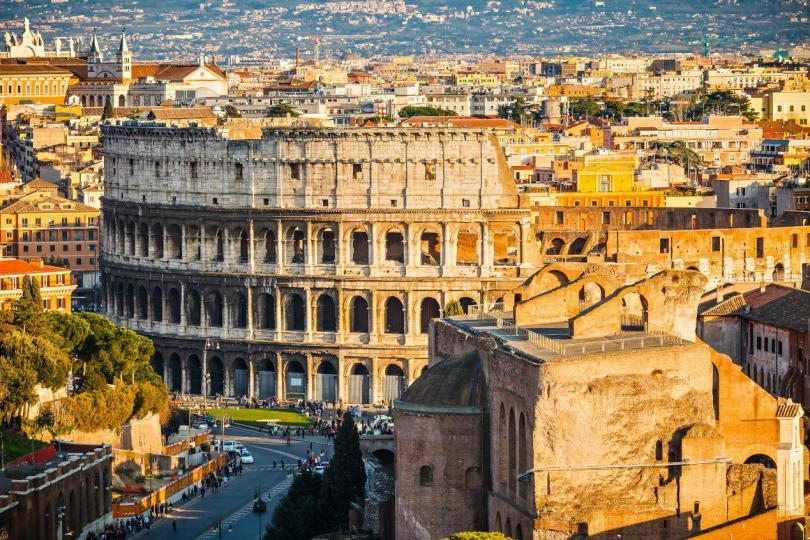
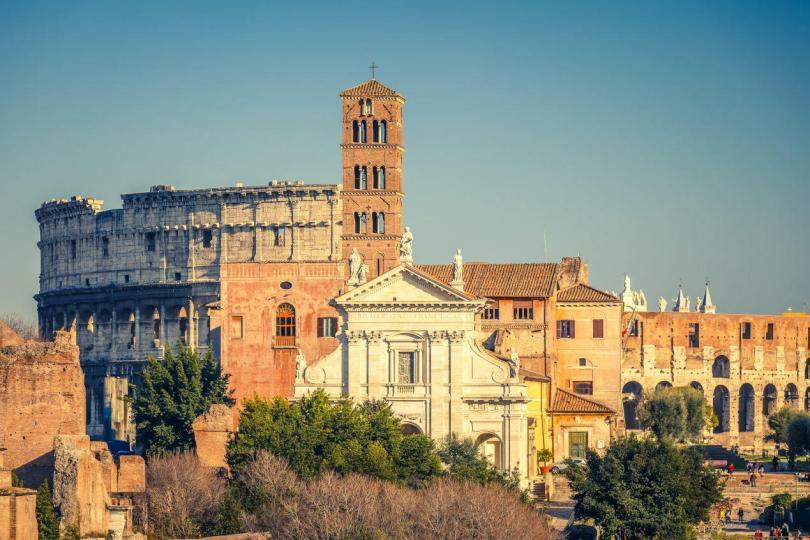
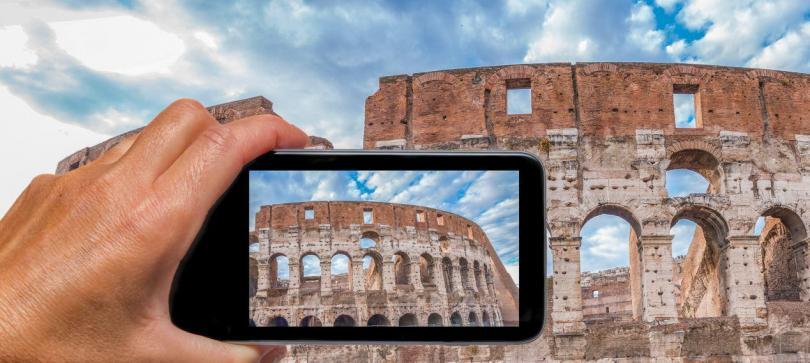
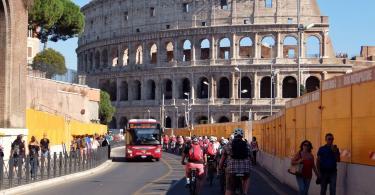

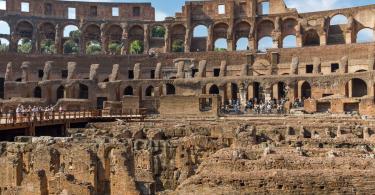
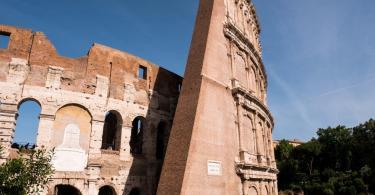
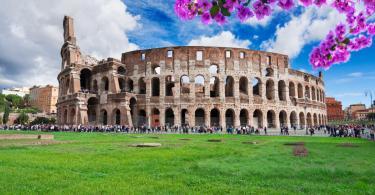

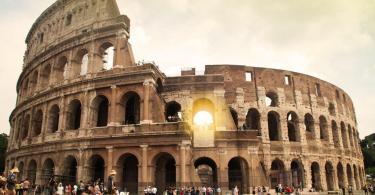
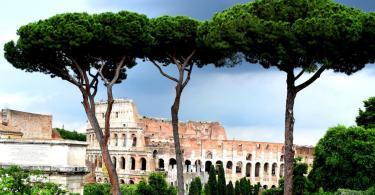
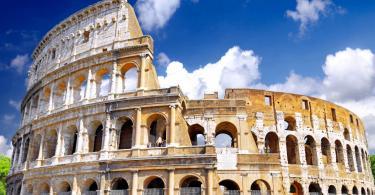

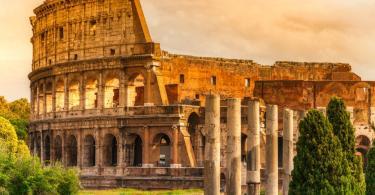

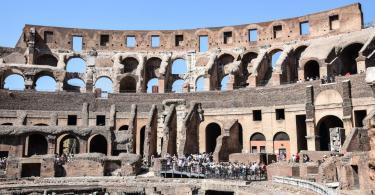
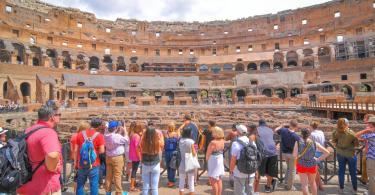

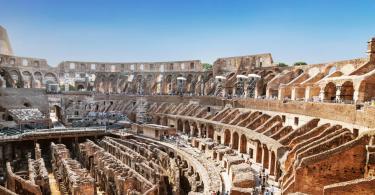

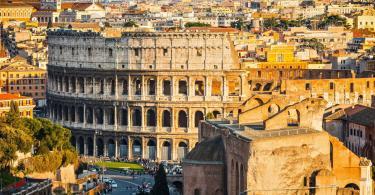
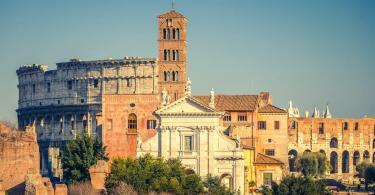



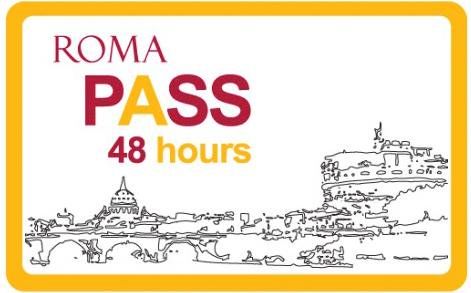

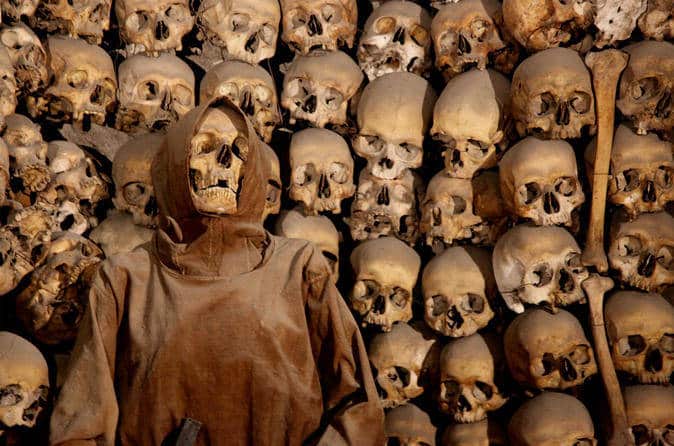
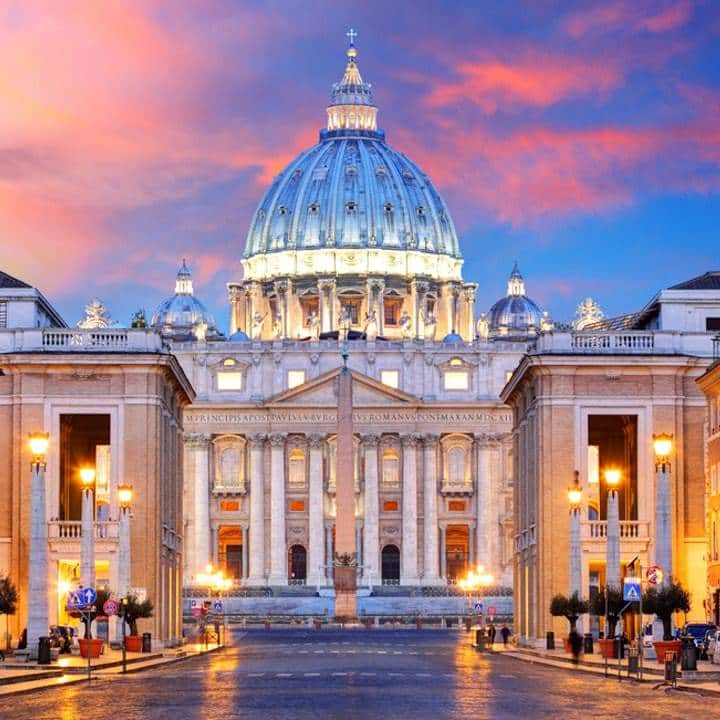
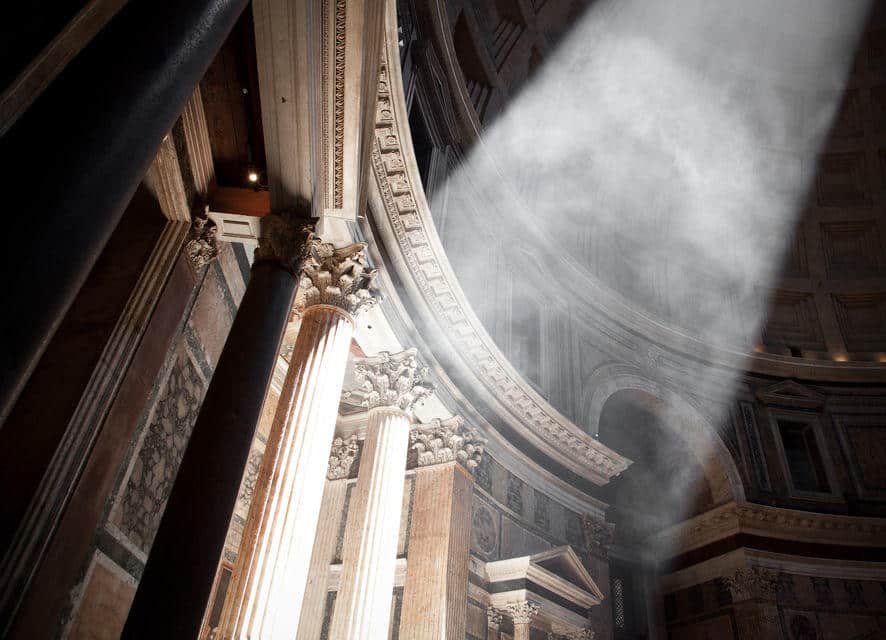

Wy does it show a naked man.
The Romans, however, did not invent roads, aqueducts, public baths, and sports stadiums. In fact, for the most part the Romans borrowed most of their cultural ideas from other lands.
Describing this practice of his immediate ancestors, Sallust, the first-century B.C. Roman politician and historian, remarked, “Whatever they found suitable among allies or foes, they put in practice at home with the greatest enthusiasm, preferring to imitate rather than envy the successful.”
In the realm of architecture and building, for instance, the Romans adopted temple design mainly from the Greeks; and the structural concept of the arch, which became a Roman trademark, originated with the Etruscans, the inventive Italian people who had ruled Rome when it was still a crude farming community.